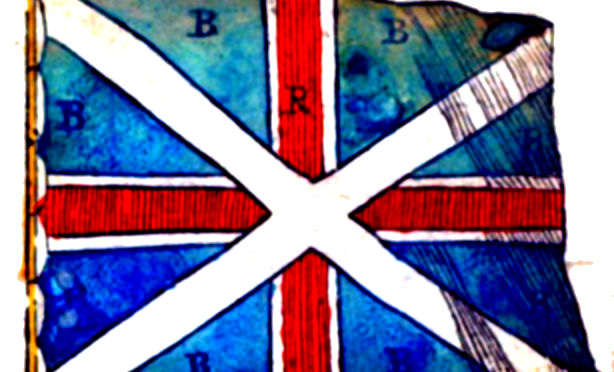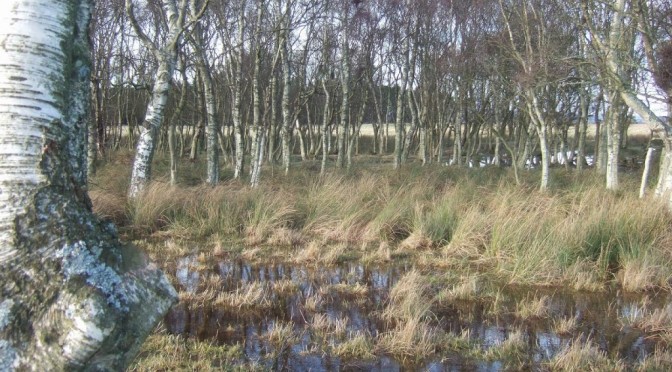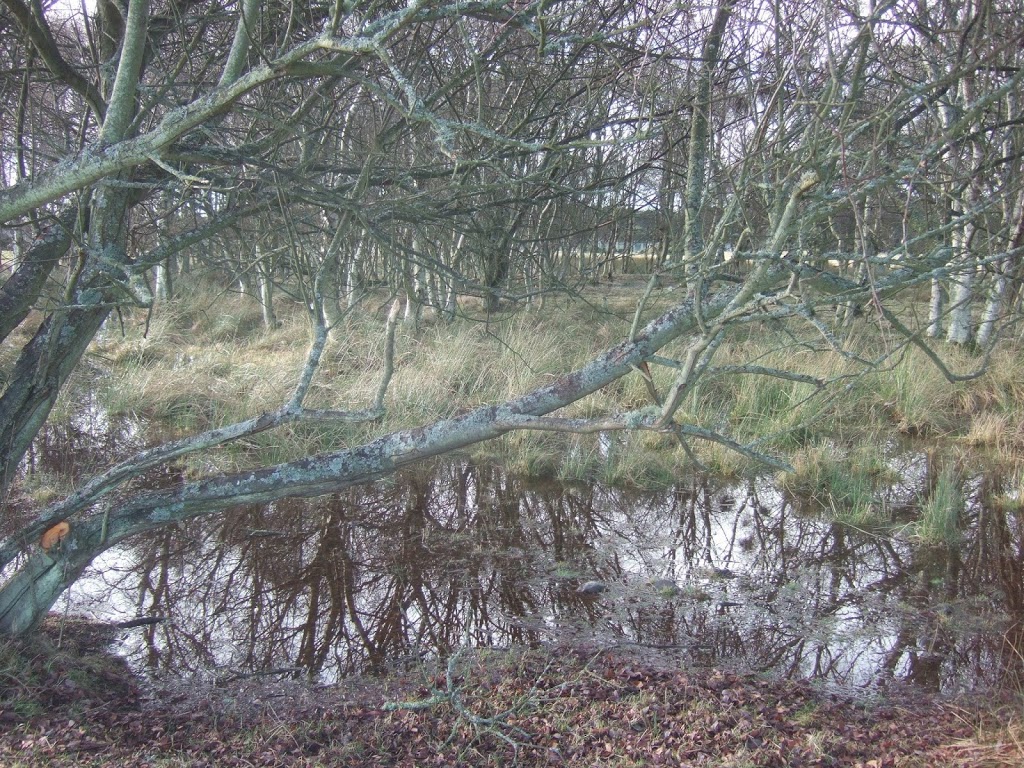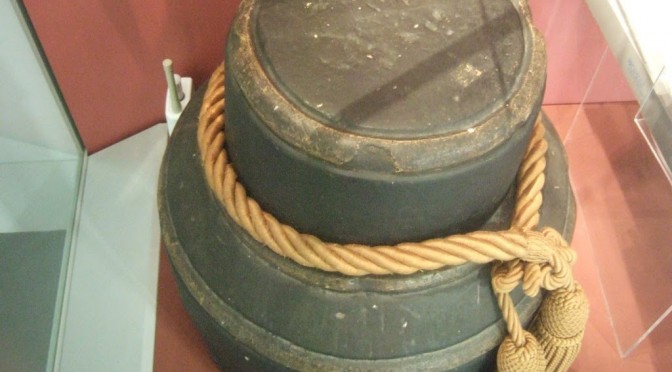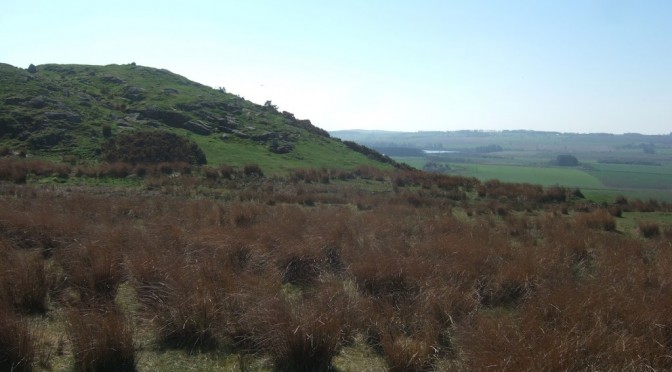Today we cycled over to Cupar for various bits & bobs. On the way home this afternoon at about sunset time, the mist was rising on the fields -the air was very still and humid, and the grass and leaves were all encased in droplets of water.
Tag: Fife
Da Mihi Manum
Here’s a quick film of Da Mihi Manum, based on Lady Margaret Weymss’ version from 1640s Fife:
Lament for the Union recording
I have recorded the Lament for the Union programme and I am putting it out as a handmade CD single!
http://www.earlygaelicharp.info/union/ will get you the details as well as a sample track.
It’s not officially released until 1st July, but I have made up some pre-release copies to take along to tomorrow morning’s performance, 11.30am at Cupar Corn Exchange.
Lament for the Union
I have long been interested in the organisation of society, the use of symbols and ideas to motivate people and populations, and the structures and institutions that express and control the aspirations and ideas of peoples. Many years ago I got hold of a copy of Uniting the Kingdom (ed. Grant & Stringer, 1995), a book of historical essays on the relations between Scotland and England from earliest times through to the present day. From that point of view the current Union is a curious and unusual settlement.
I find it very interesting to be here at the time of the referendum, when people are talking passionately on all sides about the way that the nation and the state and society are set up, administered and controlled.
 I have for some years been aware of the pibroch titled “Lament for the Union”. Now that I have finally got it up and running as a harp tune, I love it! The ground is a plaintive, emotional lament, full of regret and pathos. The variations by contrast are very different, with unexpectedly changing rythym from 4-time to 3-time and back to 4 time, and with a brooding, urgent, almost menacing sequence of theme notes, and a progression of gestures which becomes quite frantic, like the excited chattering of political activists.
I have for some years been aware of the pibroch titled “Lament for the Union”. Now that I have finally got it up and running as a harp tune, I love it! The ground is a plaintive, emotional lament, full of regret and pathos. The variations by contrast are very different, with unexpectedly changing rythym from 4-time to 3-time and back to 4 time, and with a brooding, urgent, almost menacing sequence of theme notes, and a progression of gestures which becomes quite frantic, like the excited chattering of political activists.
I have put together a programme of a few other tunes with direct connection to the political events of three hundred years ago, when Scotland and England stopped being independent nations and joined together as a united kingdom. I will be playing this new programme for the first time at a referendum-themed art exhibition in Cupar this coming Saturday. I don’t know how many people we will get turning up at 11.30am on a Saturday morning but either way it will be a good opportunity for me to shake down this new programme!
‘Hear the Nation’
Saturday 21st June 2014 , 10.00 am – 4.00 pm
featuring contributions from
‘Yes’, ‘No’ and ‘Undecided’ writers, artists, and musicians
The Cliffs of Kinbellachoir
Ronald Smith in Perth suggested I compose a tune with this title. There are ancient histories that tell how Irish monks associated with St Columba founded two monastic sites, at Rigmonadh and Bellathor. The former place name is now Kilrymont, better known as St Andrews where I live. The latter, also Kinbellachoir, is not really known but Ronald suggests it refers to modern day Perth. I have seen suggestions it is Scone – in any case somewhere in the area of Perth seems likely.
For this tune I have picked up on these themes, and also on the history of a Beltane fair that Ronald tells me was celebrated in the area before the Reformation.
I had hoped that my tune might come out in a form that fitted harp, fiddle and pipes. Unfortunately it twisted and turned and ended up being useless for Highland pipes, however Patrick Molard has played it on Uillean pipes and it sounds delicious! Here’s Patrick’s MP3 for you to listen to.
Tentsmuir
I was out in Tentsmuir this afternoon and I saw the most beautiful tiny patches of birch wood. The land was very wet and the trees all had standing water at their toes. The path through Reres wood degenerated into a ditch filled with standing water too deep to pass through – not muddy, but beautifully clear and tawny.
Blue Stane & Black Stone
There are two interesting stanes in St Andrews, and the other day I went and photographed both of them for you.
The Black Stone is on display in a glass case in the Museum of the University of St Andrews, though I remember years ago before the museum was opened, seeing the Black Stone standing in the big fireplace in Parliament Hall, below the old library. Apparently it used to be used as the ritual seat on which MA candidates would be seated, for their oral examination, and it was used for this purpose from c.1420 (when the University was brand new) through to the 18th century. It looks like it may be a Roman pillar capital; the bands are gilded, and it is extremely black. It is obviously connected to other ritual stone seats such as the Stone of Scone at Edinburgh Castle, and the Frith Stool in Hexham Cathedral.
The Blue Stane stands behind high railings, outside a pub of the same name, on one of the roundabouts on City Road, a hundred yards or so outside one of the old medieval gates of the city. It has moved around a bit over the centuries (since its first appearance on a 1580 map) but has always been beside a road outside the West end of the city. It is a kind of Dolerite from Drumcarrow Craig a few miles west. In olden times, men would pat it and women curtsey to it as they passed. It is said to have been King Kenneth MacAlpine’s coronation seat in the 9th century. Apparently there is another blue stane outside of Crail kirk but I have not seen that one.
Margaret 1281
On 4th July, I’ll be performing in the cathedral ruins in St Andrews, for the start of my summer series of medieval harp recitals.
Held in the atmospheric surroundings of the ruined cathedral, in the small and intimate vaulted medieval chamber of the Priors House, the concert features the beautiful decorated replica medieval clarsach of Mary, Queen of Scots. I’ll also play a set of tunes on the bowed-harp (bowed lyre, jouhikko, gue)
The programme for July’s event tells the story of Margaret of Scotland, 1281: The story of Scotland and Norway, the Royal Wedding and the lead up to the Wars of Independence.
Using a selection of medieval music and traditional tunes from Scotland and from Scandinavia, the late 13th century history and politics will be dramatically brought to life, as the old ballad says: “The King sat in Dunfermline Toun, drinking of the blood red wine…”
There will be only two cathedral recitals for 2013, due to funding cuts at Historic Scotland. The first concert will be Thursday 4th July; the second will be Thursday 1st August. The events start at 12.45pm.
Date and time:
Thursday 4th July, starting at 12.45pm, finishing around 1.15pm.
Venue:
St Andrews Cathedral
St Andrews, Fife, Scotland
Admission Free
Please collect a ticket from the Visitor Centre: 01334 472563
More info about the summer series at St Andrews Cathedral:
http://www.simonchadwick.net/cathedral/
Future events with Simon Chadwick in St Andrews:
Monday 15th July, 2pm, at the Museum of the University of St Andrews:
An Tarbh – Ranald and the Bull. ‘Pibroch’ music for the harp, composed by one of the last of the old Scottish harpers about three hundred years ago.
Thursday 1st August, 12.45pm, at St Andrews Cathedral ruins:
Colainn gun Cheann – Ranald and the Ghost. Atmospheric harp music telling the stories of supernatural exploits from the 18th century Highlands.
Drumcarrow
This morning I was up Drumcarrow Craig. There are great views of the whole of East Fife and beyond. I looked for the prehistoric hut circles marked on the OS map but I didn’t find them. However the ruins of the broch next to the trig point are very clear to see – must have been an impressive tower standing right on the highest point.
Cathedral recitals 2013
Historic Scotland have confirmed the dates and times of my harp recitals at St Andrews cathedral ruins here in St Andrews, Fife.
Due to funding cuts at Historic Scotland we are only running two events this year. They will be on the first Thursday of July and August – 4th July and 1st August, at 12.45pm.
For more information please see my cathedral recitals web page.


